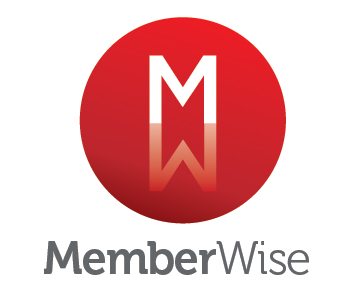The MemberWise Digital Excellence Report was published in October this year and gave a unique snapshot of the current and emerging digital trends in the sector. As a technology partner to several membership bodies, we love taking a dive into the industry and finding out what makes membership professionals tick and what is holding them back from achieving their targets.
As well as delving into the figures around integration, our eyes were drawn to the findings based around digital and data strategies and the decline in membership organisations with digital strategies in place.
Here’s what the survey of 600 membership professionals found around current digital and data strategies:
Quarter of Membership Bodies Have Digital Strategy
Of all the membership organisations surveyed, just 27% said they had a digital strategy in place. This is 5% less than the 2021/22 report.
The breakdown by organisation size was as follows:
- 21% of small organisations (Annual subscription below £1.5m)
- 27% of medium organisations (annual subscription £1.5m-£3m)
- 57% of large organisations (annual subscription (£3m+)
Whilst many tech providers, like ourselves, would say digital strategies should be a priority, there appears to be a correlation between organisation size and their ability (or willingness) to adopt digital strategies.
Whether small-to-medium sized organisations are held back because of cost, resources, or lack of knowledge/urgency would only be accurately answered through further analysis.
Less Than 2 in 10 Organisations Have Data Strategy
Just 15% of organisations overall had a data strategy in place. That is a 6% drop in organisations who had a digital strategy. Like above, there was a clear correlation between organisation size and having a data strategy:
- 11% of small organisations
- 14% of medium organisations
- 27% of large organisations
What this does tell us is that there is a higher number of membership bodies with a digital strategy than a data strategy (+12%). The reason for this could be as simple as their data strategies form part of their digital strategies, removing the need for a standalone plan. Alternatively, it could be that organisations focus more on the technology they are going to implement and haven’t mapped out how they will collect data from those systems.
Why Are These Strategies So Important?
Data and digital strategies are sometimes interlinked and, in some cases, a data strategy may form part of an overall digital plan. However, they both have distinct purposes and address different aspects of your membership body.
A digital strategy is an overall plan for how you will utilise technology and digital channels to achieve your business objectives. It defines how you will engage with members, streamline processes and offer a first-class member experience.
Your data strategy focuses on how you will collect, analyse and interpret data to gain insights and drive informed decision-making. A data strategy can guide you through data governance, utilising data analysis tools and creating a data-driven culture.
In short, a digital strategy focuses on your approach to utilising technology to achieve your goals, while your data strategy enables your organisation to make meaningful use of your data to improve member experiences and achieve your goals.
Why Must You Act?
The MemberWise Report reaffirmed the importance for professional bodies to keep riding on the digital landscape. Failing to develop and implement robust digital and data strategies could lead to several threats and unnecessary challenges. These include:
- Loss of relevance and engagement
- Ineffective decision-making
- Inability to adapt to change and missed innovation opportunities
- Cybersecurity vulnerabilities
- Inability to measure success
- Siloed data and departments
Furthermore, implementing technology without a strategy could lead to wasted money and resources, inefficient systems, failure to achieve goals and expose your organisation to cyber vulnerabilities.
Creating a Strategy
Based on our experience of speaking with membership bodies, we’d say the reasons for a lower number of professional bodies with a digital strategy could be a blend of both cost and lack of internal knowledge (as well as unique factors specific to each organisation).
Typically, a digital strategy is created by the Chief Information Officer (CIO) of a company. PayScale claims the average wage of a CIO is more than £100,000 per annum. This figure doesn’t include staff benefits, bonuses, pensions and other associated hiring costs.
Fortunately, it is easier than you might think to create a digital strategy for your business. The MemberWise Network has free resources on their Connect Library such as easy-to-follow templates.
Alternatively, you can call on technical experts with knowledge of the membership sector. Companies outsource this function because they can bring in top-level expertise without hiring a full-time professional. It also means they can bring someone in for a one-off project or on a part-time basis.
PSP has delivered top-level technical talent to large, chartered institutes and non-profit organisations. Our agile outsourcing lets you consolidate the full-time role of a director-level professional into a flexible contract that’s suited to your budgets, requirements and goals. If you need help with aligning your IT strategy with your overall business objectives, speak to a member of our team.










Leave A Comment